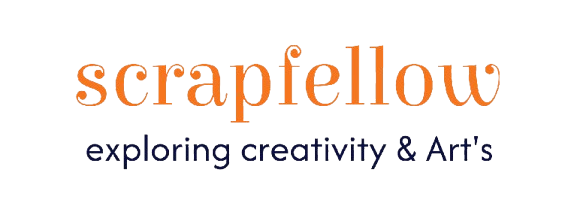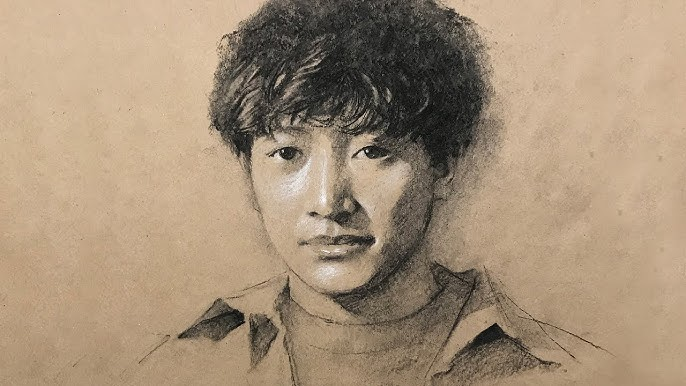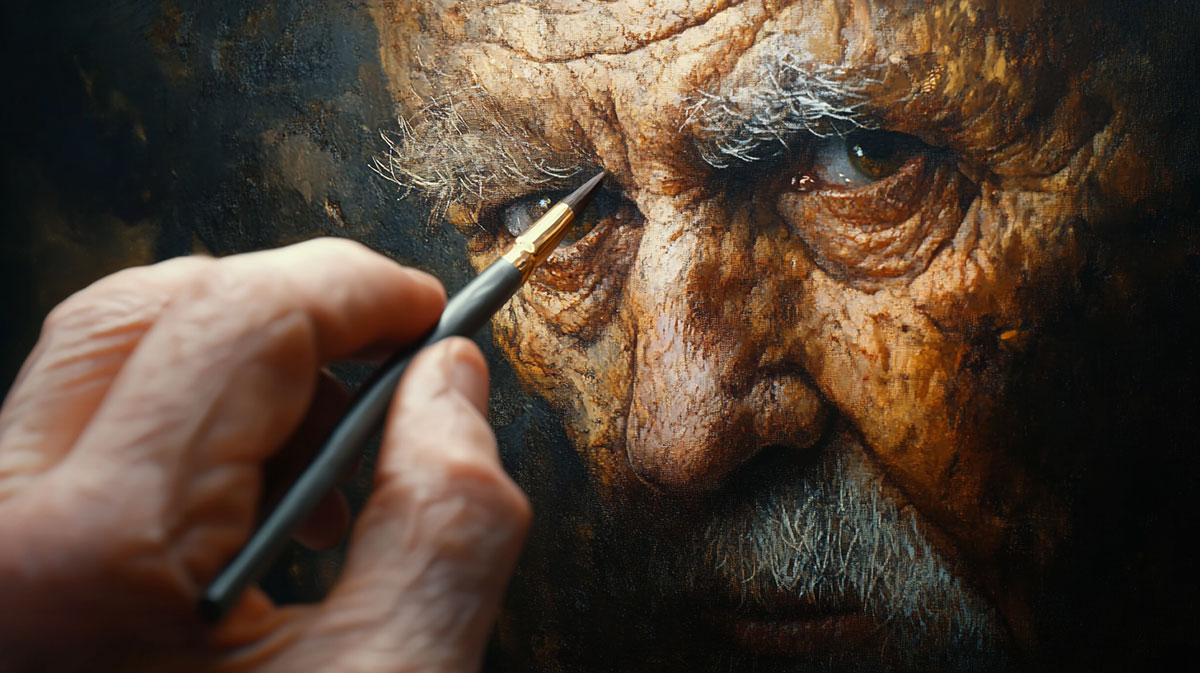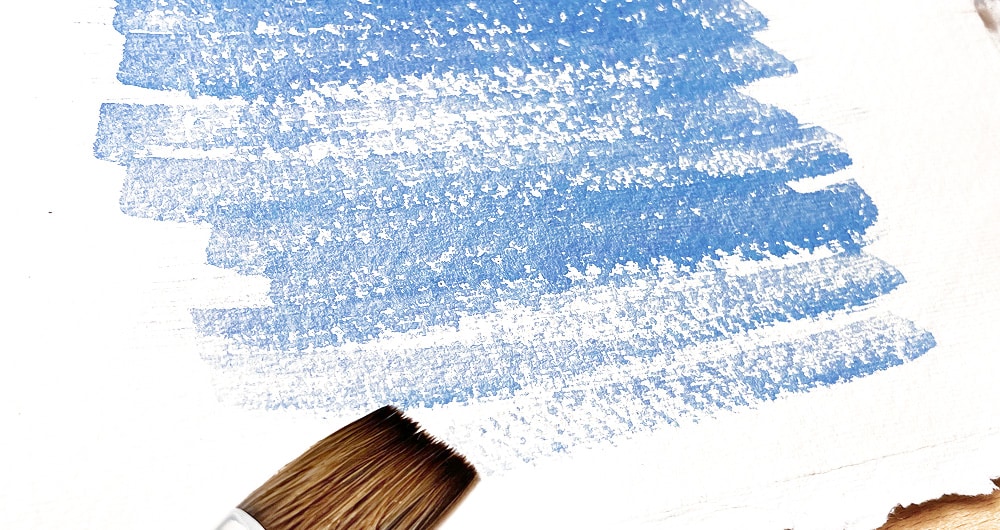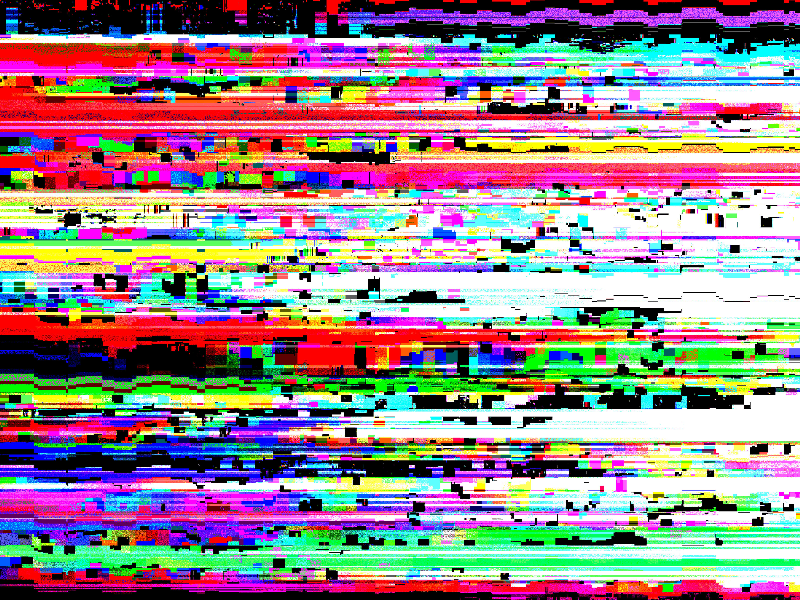Negative space drawing is a technique that focuses on sketching the space around and between objects, rather than the objects themselves. This approach helps artists shift from drawing what they think they see to what’s actually in front of them. By observing the background and empty areas surrounding a subject—such as the space between a chair’s legs or the silhouette around a hand—artists can improve their composition, accuracy, and sense of proportion. This method is particularly effective for breaking visual habits that lead to distorted or overly symbolic drawings.
Training your eyes to recognize negative space sharpens your perception and enhances your ability to draw with realism. It forces the mind to work in reverse, which strengthens spatial awareness and balance in a composition. Beginners often find this technique helpful for tackling complex scenes, as it simplifies the subject into more manageable shapes. Even seasoned artists use negative space drawing as a warm-up or corrective exercise to recalibrate their visual focus when a piece starts to feel “off.”
To try it yourself, start by choosing a simple object like a houseplant or a pair of scissors. Instead of outlining the object, sketch the empty spaces around it—the gaps, edges, and surrounding areas. Use light pencil strokes and focus on maintaining proportion and symmetry. Over time, your drawings will not only look more accurate, but you’ll develop a deeper understanding of form and perspective. Negative space drawing is a quiet yet powerful tool for transforming how you see and create.
